This article was co-authored by Natasha Dikareva, MFA and by wikiHow staff writer, Eric McClure. Natasha Dikareva is a San Francisco, California based sculptor, and installation artist. With over 25 years of ceramics, sculpting, and installation experience, Natasha also teaches a ceramic sculpture workshop titled "Adventures in Clay" covering concept development, hand-building techniques, texture, and glazing techniques. Her work has been featured in solo and group exhibitions at the Beatrice Wood Center for the Arts, Abrams Claghorn Gallery, Bloomington Center for the Arts, Maria Kravetz Gallery, and the American Museum of Ceramic Art. She has taught at the University of Minnesota and the American Indian OIC School. She has been awarded the Excellence Award at the 1st World Teapot Competition, Best in Show at the 4th Clay & Glass Biennial Competition, and a Grand Prize at the American Museum of Ceramic Art. Natasha holds an MFA from the University of Minnesota and a BFA from Kiev Fine Arts College.
wikiHow marks an article as reader-approved once it receives enough positive feedback. In this case, 100% of readers who voted found the article helpful, earning it our reader-approved status.
This article has been viewed 246,241 times.
Ceramic flower pots are known as earthenware. They are made of clay, which is hardened by firing them at a high temperature in a kiln. Ceramic pots are usually fired again with a glaze, and those are they type you usually purchase in a garden center. Unglazed pots are available at craft stores. The steps below explain how to paint both glazed pots you have on hand that you want to spruce up, and unglazed ceramic flower pots.
Steps
Paint Glazed Ceramic Pots
-
1Use a hose or your kitchen faucet to rinse your ceramic pot inside and out.
-
2Wash and scrub it with detergent and water using a scrub brush or abrasive pad. You can also use an old toothbrush to clean underneath the lip of the pot.Advertisement
-
3Rinse the pot well inside and out.
-
4Set the pot in the sun and allow it to dry thoroughly.
-
5Purchase glossy interior/exterior spray paint, 200-grit sandpaper, paintbrushes and a can of latex primer.
-
6Put the pot outside on a table, preferably on a day that is not windy or rainy. Put a piece of cardboard, plastic sheeting or some newspapers on the table to protect it from the paint.
-
7Sand the pot with sandpaper just enough to roughen up the glossy surface.
-
8Wipe the pot down with a clean, damp cloth.
-
9Apply the primer with a brush, and let it dry thoroughly. Latex primer adheres well to roughed-up ceramic. You can apply a second coat of primer to make sure you have perfect coverage. Let all coats dry completely.
-
10Read the directions on the can before you begin painting. You usually need to shake the can vigorously first.
-
11Spray the interior of the pot, using even, sweeping strokes.
-
12Allow the inside paint to dry thoroughly. (If you don’t want to apply color to the inside, turn the pot upside down and proceed with the next step.)
-
13Spray the exterior of the pot. Use sweeping motions so that the color goes on evenly.
-
14Allow the pot to dry in the sun.
-
15Save any leftover paint in case you need to do touch-ups.
-
16Wait at least 24 hours after painting before you repot your plant.
Paint Unglazed Ceramic Pots
-
1Purchase unglazed ceramic pots at a craft store. These stores also carry a variety of paints, water sealers, finish glosses and brushes that are suitable for painting unglazed pots.
-
2Choose a work area that is well-ventilated.
-
3Cover your work surface with plastic or newspapers to protect it.
-
4Remove seams on the pot that were created from the mold. Use a chisel to gently chip the seams off or sand them lightly with fine to medium grade sandpaper. This step is necessary for a smooth surface, and the paint will adhere better if you lightly sand it first.
-
5Brush the pot off with a soft paint brush or a dry cloth. You can also blow off any dust and dirt with a hair dryer.
-
6Wipe the pot down with a damp cloth.
-
7Allow the pot to dry completely.
-
8Spray the inside of your pot with a waterproof sealer. A sealer will help prevent moisture from soaking through the pot, which could ruin the outside finish.
-
9Let the sealer dry completely.
-
10Apply a primer to the ceramic pot using a paintbrush. The primer helps the final coat of paint adhere and it covers any small imperfections or discolorations.
-
11Let the primer coat dry completely.
-
12Brush a thin coat of acrylic paint on the entire pot. Use the best brush you can afford; the bristles on cheap brushes invariably come loose and get stuck in the paint.
-
13Allow the paint to dry.
-
14Apply another thin coat of paint to the ceramic pot and let it dry.
-
15Use a thin coat of acrylic gloss to protect the paint.
-
16Allow at least 24 hours of drying time before you put soil in the pot.
Community Q&A
-
QuestionWhere can I obtain a ceramic pot?
 Beth H.Community AnswerMany places sell these pots inexpensively, such as Dollar Stores, Walmart, and yard sales.
Beth H.Community AnswerMany places sell these pots inexpensively, such as Dollar Stores, Walmart, and yard sales.
Warnings
- Wear safety glasses and a mask while spraying paint or fixatives.⧼thumbs_response⧽
- Never put ceramic pieces in the dishwasher.⧼thumbs_response⧽
- It’s best to use any type of paint, sealer or fixative spray outdoors. If you must paint inside, make sure the room is well-ventilated.⧼thumbs_response⧽
Things You’ll Need
- Glazed ceramic flower pot(s)
- Unglazed ceramic pot(s)
- Spray paint
- Latex primer
- Waterproof sealer
- Acrylic paint
- Glossy sealer or fixative spray
- Clean rags
- Paint brushes (at least 2)
- Newspapers or plastic cloths
- Chisel
- Sandpaper
References
About This Article
To paint a ceramic pot, you’ll need sandpaper, primer, and paint. Start by sanding the pot to make the surface easier to paint. Then, apply a coat or 2 of primer with a paintbrush. Once the primer’s dry, paint the pot. If the pot’s already glazed, use spray paint. If it’s unglazed, use acrylic paint instead. Let it dry and paint another coat to achieve the right color. If you’re painting an unglazed pot, you should also cover it with a thin coat of acrylic gloss to protect the paint. Leave the pot to dry for 24 hours before you put anything in it. For more tips, including how to reduce fumes from spray paint, read on!
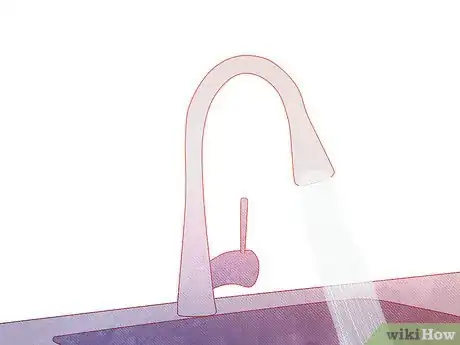
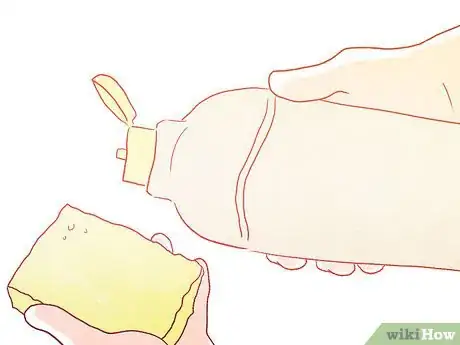
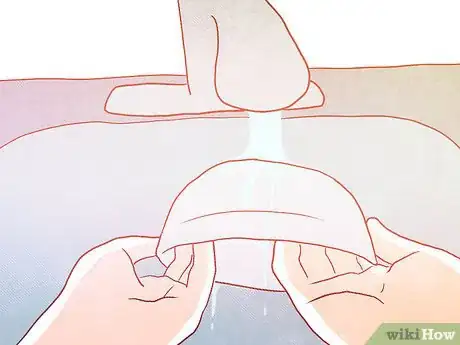

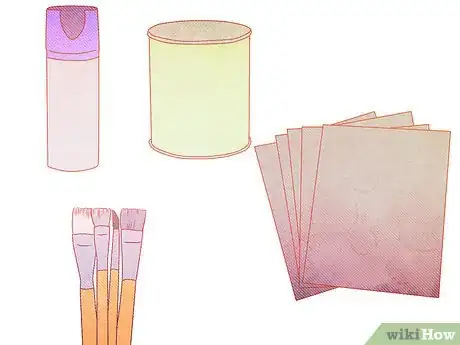
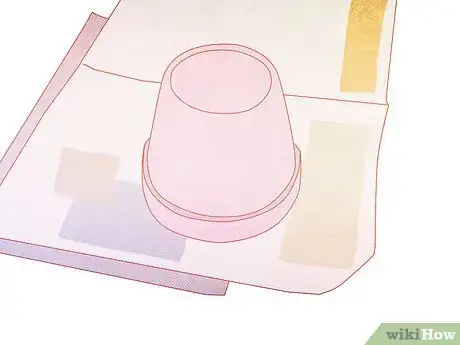
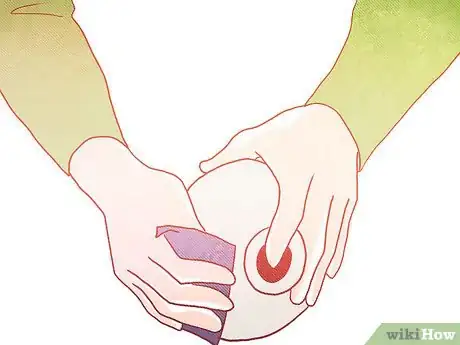
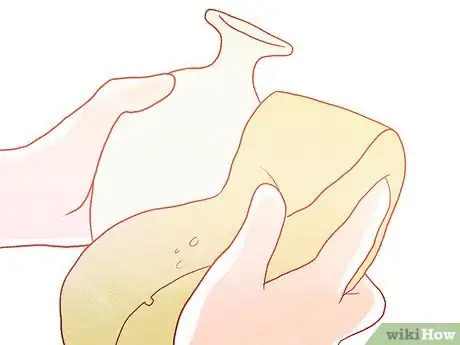
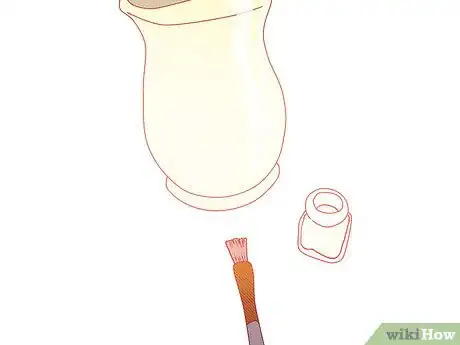
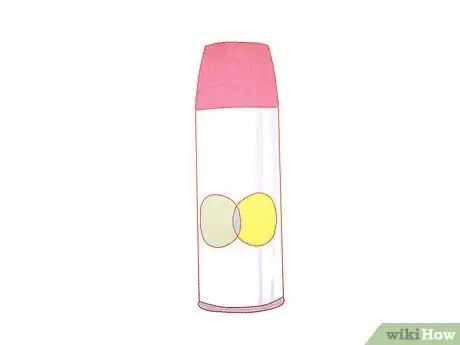
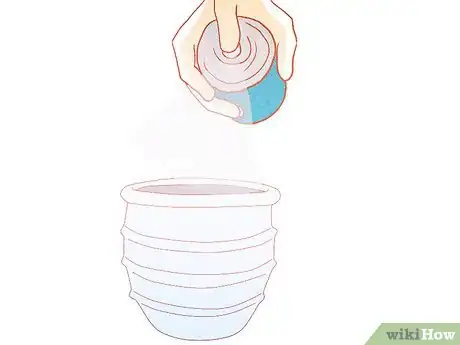

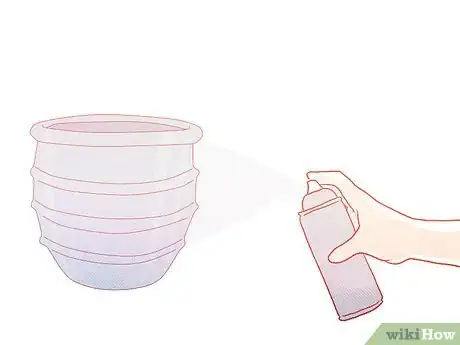



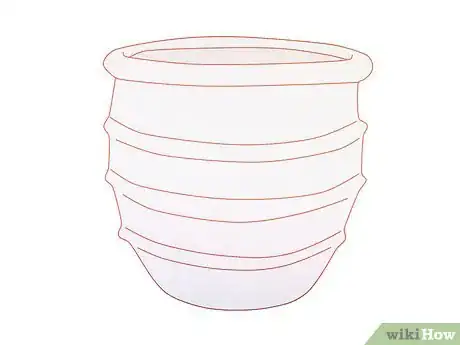



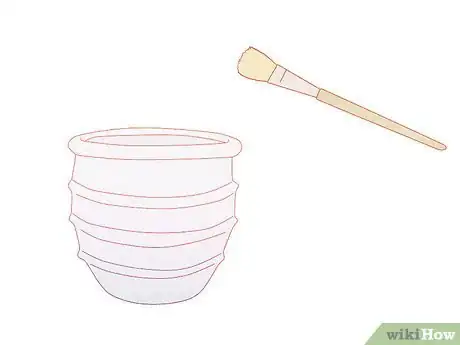
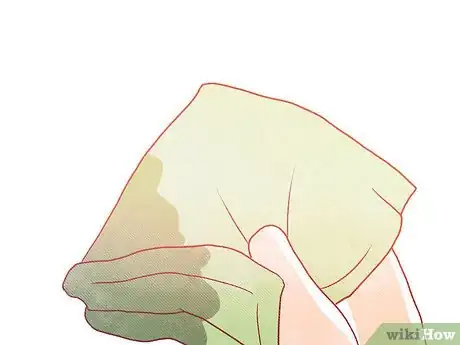

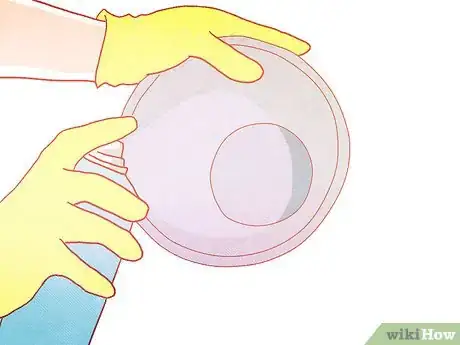
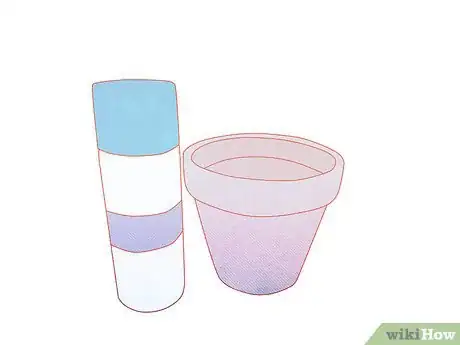
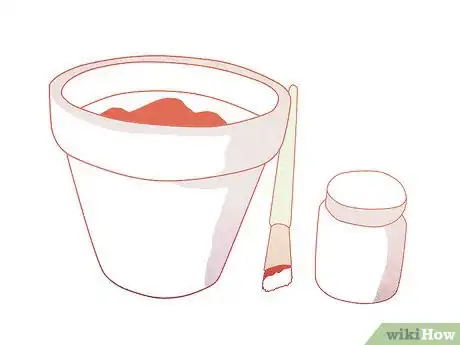

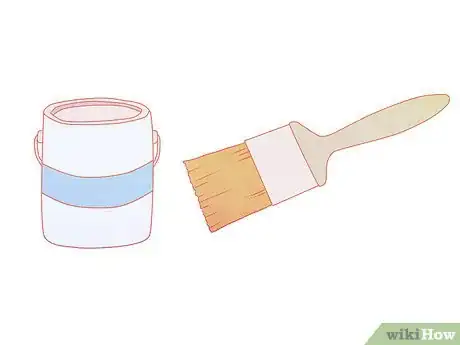
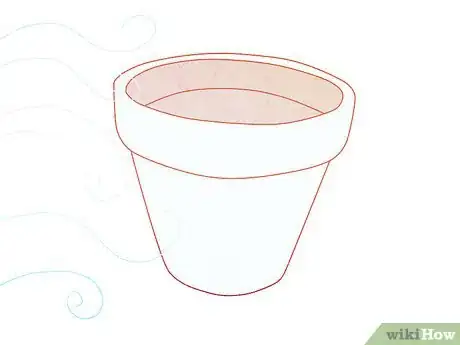
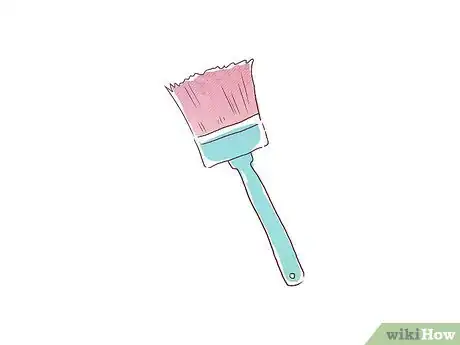

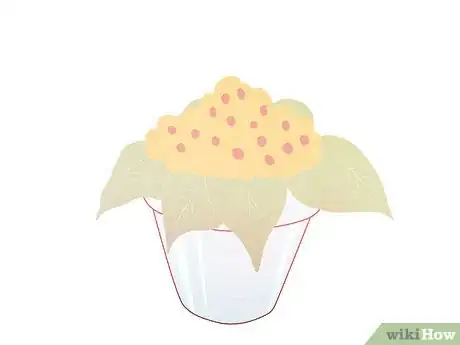






-Oven-Step-15.webp)
















































